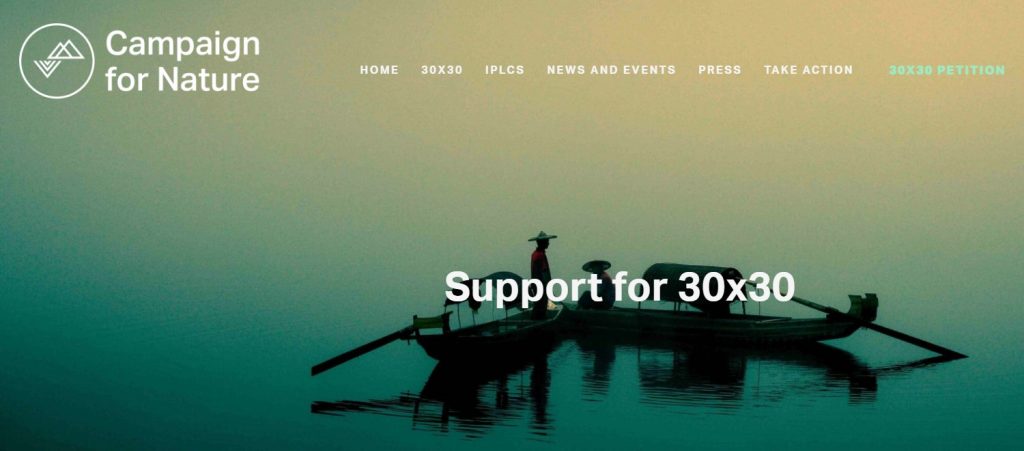HERE ARE FOUR
- A strong economy needs a healthy climate
- Climate change is a serious health issue
- Climate change is a security issue
- Life on Earth depends upon a healthy climate
CLIMATE CHANGE AND THE ECONOMY
Good management of the economy requires good management of climate change
The economy is not just interest rates, inflation and house prices. It’s much more. Climate change presents economic risks and opportunities, especially for Australia.
The RISKS to the economy of INACTION on climate
“Climate change is a first-order risk for the financial system. There is a risk we will see more (foreign) divestment decisions sooner rather than later.”
Guy Debelle, Deputy Governor, Reserve Bank of Australia, Climate Risks and the Australian Financial System, October 2021
“The world is moving to respond to the climate crisis with carbon border tariffs. Australia will pay a price due to our slow and weak national progress in cutting greenhouse gas emissions.”
Climate Council, “Markets are Moving: The Economic Costs of Australia’s Climate Inaction”, October 2021

“Climate change poses challenges to the stability and resilience of the financial system.”
Australian Prudential Regulation Authority, “Information Paper: Climate Vulnerability Assessment”, September 2021
“A failure to mitigate the worst effects of climate change as Australia decides on its economic future is a cost Australia cannot afford.”
Deloitte Access Economics, “A New Choice: Australia’s Climate for Growth”, November 2020
The BENEFITS to the economy of ACTION on climate
“Ambitious action to reduce emissions isn’t just critical for the environment, it is our path to a stronger and more competitive economy that delivers more jobs in our regions and cities.”
Jennifer Westacott, Chief Executive Officer, Business Council of Australia, November 2021
“Results from this survey indicate clear support from a range of experts across different sectors for Australia transforming into a renewable energy superpower.”
Ernst and Young, Renewable superpower survey, October 2021

“There is large export potential for Australia, as the low emission transition occurs globally, providing the opportunity for new jobs and new industries; but only if Australia chooses change. There are opportunities for Australia’s exports if we export the same amount of energy globally, except in the form of renewable energy.”
Deloitte Access Economics, “A New Choice: Australia’s Climate for Growth”, November 2020
“If we’re smart, we could turn Australia into a booming manufacturing country based around a low-carbon economy.”
Ross Garnaut, Our Green Super Future, The Deal Magazine, The Australian, March 2020
“To be the best manager of the economy, a government must also be the best manager of climate change!” – a quotation from the 2022 Lighter Footprints Planning Day
CLIMATE CHANGE AND HEALTH
The World Health Organisation has declared climate change to be one of the biggest threats to human health in the 21st century.
Climate change affects the social and environmental determinants of health – clean air, safe drinking water, sufficient food and secure shelter.” Read more here: WHO, Climate change and health, October 2021
The Australian Medical Association has joined other health organisations around the world – including the American Medical Association, the British Medical Association, and Doctors for the Environment Australia – in recognising climate change as a health emergency.
The AMA is calling on the Australian Government to:
- Adopt mitigation targets within an Australian carbon budget.
- Promote the health benefits of addressing climate change.
- Develop a National Strategy for Health and Climate Change.
- Promote an active transition from fossil fuels to renewable energy.
- Establish a National Sustainable Development Unit to reduce carbon emissions in the healthcare sector.
Strong, fast action on climate change will save lives and reduce human suffering.
CLIMATE CHANGE AND SECURITY
Food security
Food security: “Climate change is projected to negatively impact the four pillars of food security – availability (e.g. impacts on food production), access (e.g. impacts on food prices), utilisation (e.g. impacts on nutritional quality), and stability (e.g. impacts of increasing extreme events).”
Global heating must be controlled, however, “land-related responses that contribute to climate change adaptation and mitigation can also combat desertification and land degradation, and enhance food security.”
IPCC, 2019, Special Report on climate change, desertification, land degradation, sustainable land management, food security, and greenhouse gas fluxes in terrestrial ecosystems, Chapter 5
Border security
“Climate change, drought and desertification can worsen water insecurity and trigger food crises, resulting in humanitarian disasters, instability and civil unrest, forced migration and internal displacement, and war within and across borders.”
“Focus should be on the root causes of climate warming, principally eliminating emissions much faster than proposed, rather than just the responding to the symptoms.”
Whole-of-Nation Climate-Security Risk Assessment: Missing In Action, Australian Security Leaders Climate Group, September 2021
Listen to the terrific interview with Admiral Chris Barrie, former head of the Australian Defence Force, and an Executive member of the Australian Security Leaders Climate Group, on RN Breakfast (10/3/2022) talking about climate change, political leadership, the floods and the role of the ADF. The link to the report mentioned by Barrie, ‘Missing in Action’ by the Centre for Climate and Security is here.
CLIMATE CHANGE AND LIFE ON EARTH
“At least one million of eight million species risk disappearance, many within decades. Climate change is a direct driver that is increasingly exacerbating the impact of other drivers on nature and human well-being.”
“Our aim is to protect the Global Commons through 10 clear commitments and to see to it that they are kept. This is our insurance policy to emerge from emergency and guarantee a just transition for all.”
Club of Rome, Planetary Emergency 2.0, September 2020
Campaign for Nature
According to the February 2020 report by Protected Planet, 15.1% of the land and 7.9% of the ocean are covered by protected areas. Based on this trend, we are on track to reach a global goal of 17% of the land and 10% of the ocean by the end of 2020.

We’re making progress, but we need to ramp up our efforts to meet our goal of protecting at least 30% of the planet in the next 10 years.
- 73 countries have now joined the High Ambition Coalition for Nature and People to champion the proposal to protect or conserve at least 30 per cent of the world’s land and ocean areas by 2030 (known as the 30×30 target). Australia is a member of the HAC.
- The Global Ocean Alliance now includes 59 member countries that are advocating for the proposal to protect at least 30 per cent of the world’s ocean by 2030. Australia is a member of the GOA.
- 91 countries (excluding Australia) have now signed the Leaders Pledge for Nature, committing to significantly increase the protection of the world’s land and ocean areas. At the time of posting this page, Australian Prime Minister Scott Morrison has not endorsed the Pledge.
- The 2021 G7 issued a communiqué expressing its support for the 30×30 target.
- The 2021 G20 released an environment communiqué highlighting commitments made by G20 members on biodiversity conservation, including those to support the 30×30 target.
For more information visit the Campaign for Nature.
Vote climate!
Get involved. Get active. Visit the LIghter Footprints Vote Climate page here.



